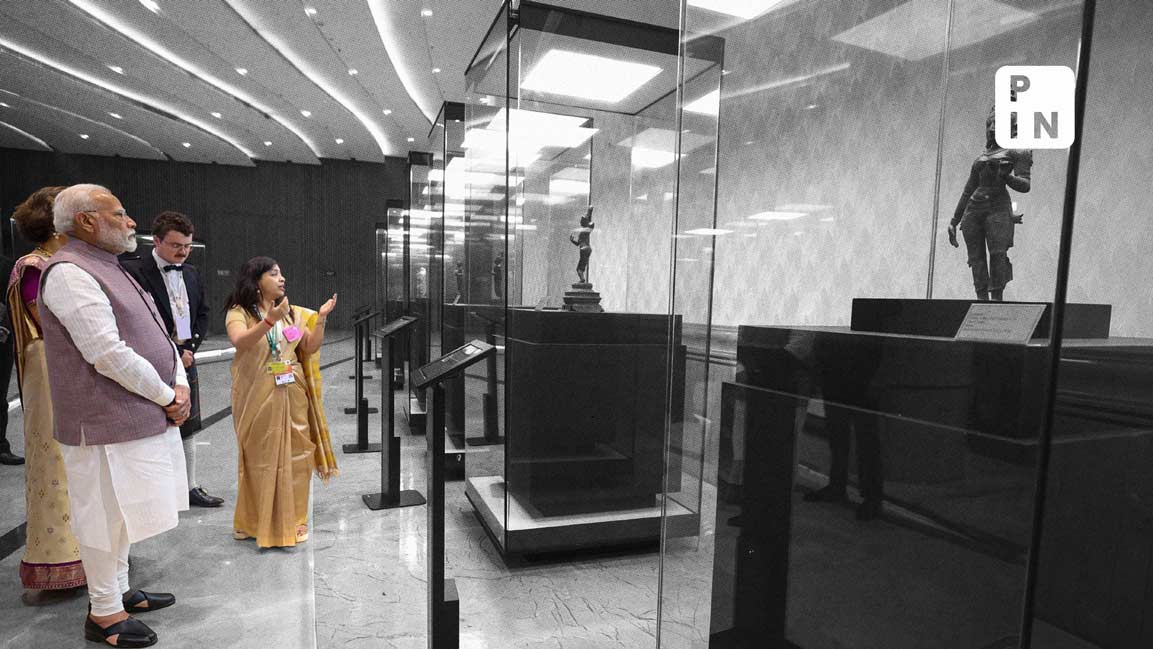- | 3:00 pm
Crisil sees India becoming upper middle-income country by FY31
Continuous reforms and enhanced global competitiveness will bolster share of manufacturing in India’s GDP beyond projected 20% by FY31, the rating firm said

Ratings firm Crisil said this week in a report that it expects India to become an upper middle-income country by fiscal 2031 in what comes as a big boost for domestic consumption prospects.
The World Bank classifies countries into income groups based on their gross national income (GNI) per capita, with “upper middle-income” countries having a GNI per capita between $4,046 and $12,535.
India in 2022—the most recent data—had a GNI per capita of $2,390. To be sure, the World Bank periodically adjusts the GNI per capita income thresholds to account for inflation and other economic factors.
In the Crisil report, Amish Mehta, managing director and chief executive of Crisil, said continuous reforms, enhanced global competitiveness and moving up the value chain will bolster the share of manufacturing in India’s gross domestic product (GDP) beyond the projected 20% by fiscal year 2031.
The ratings agency said that after a better-than-expected 7.6% expansion in the current fiscal, real GDP growth will moderate to 6.8% next fiscal as higher interest rates and lower fiscal impulse temper demand.
India will nevertheless retain its position as the fastest-growing large economy, it added.
“The fiscal impulse will be lesser because of the need to reduce the fiscal deficit to 5.1% of GDP next fiscal according to the glide path presaged. However, the nature of government spending will provide some support to the investment cycle and rural incomes,” Crisil said.
Inflation softened this fiscal on easing input costs and slower domestic demand, but elevated food inflation curbed a bigger decline in the headline number, it said, adding: “We expect the softening to continue next fiscal on the back of healthier agriculture output that tames food inflation, and benign oil and commodity prices.”
Growth momentum will continue through this decade, piggybacking significant private investments in emerging sectors, continuing government spending on infrastructure buildout, ongoing reforms push and efficiency gains from increasing digitalization and physical connectivity, the ratings firm said.
“The next seven fiscals will see the Indian economy cross the $5 trillion mark and close in on $7 trillion at an estimated 6.7% average annual growth. By fiscal 2031, India will be the No. 3 economy,” Mehta said.
India’s manufacturing sector is at a sweet spot due to high capacity utilization across key sectors, opportunities from global supply-chain diversification, thrust on infrastructure investment, the green-transition imperative and strong balance sheets of lenders, Mehta added.
Through fiscal 2031, both cylinders of the economy — manufacturing and services — will fire, yielding a sturdier growth path, Crisil highlighted.
Dharmakirti Joshi, chief economist at Crisil, said: “There is ample opportunity for both manufacturing and services to cater to domestic and global demand. We project manufacturing and services to grow 9.1% and 6.9%, respectively, between 2025-31. Despite some growth catch-up by manufacturing, services will remain the dominant driver of India’s growth.”
However, there will be near- and medium-term challenges posed by geopolitical uncertainties, global indebtedness, uneven economic recovery, climate change and technological disruptions. But growth will take support from domestic structural factors and cyclical levers, Crisil said.
“Opportunities across emerging sectors will rise as India becomes integral to global supply chains. We see investments in emerging sectors rising to 20% of overall industrial capex between 2024-28 from 2% in the past five. Electric vehicles, semiconductors and electronics will drive the bulk of this. Strong investment intent in the emerging sectors signals significant capacity additions,” Ashish Vora, president at Crisil Market Intelligence and Analytics, said.










